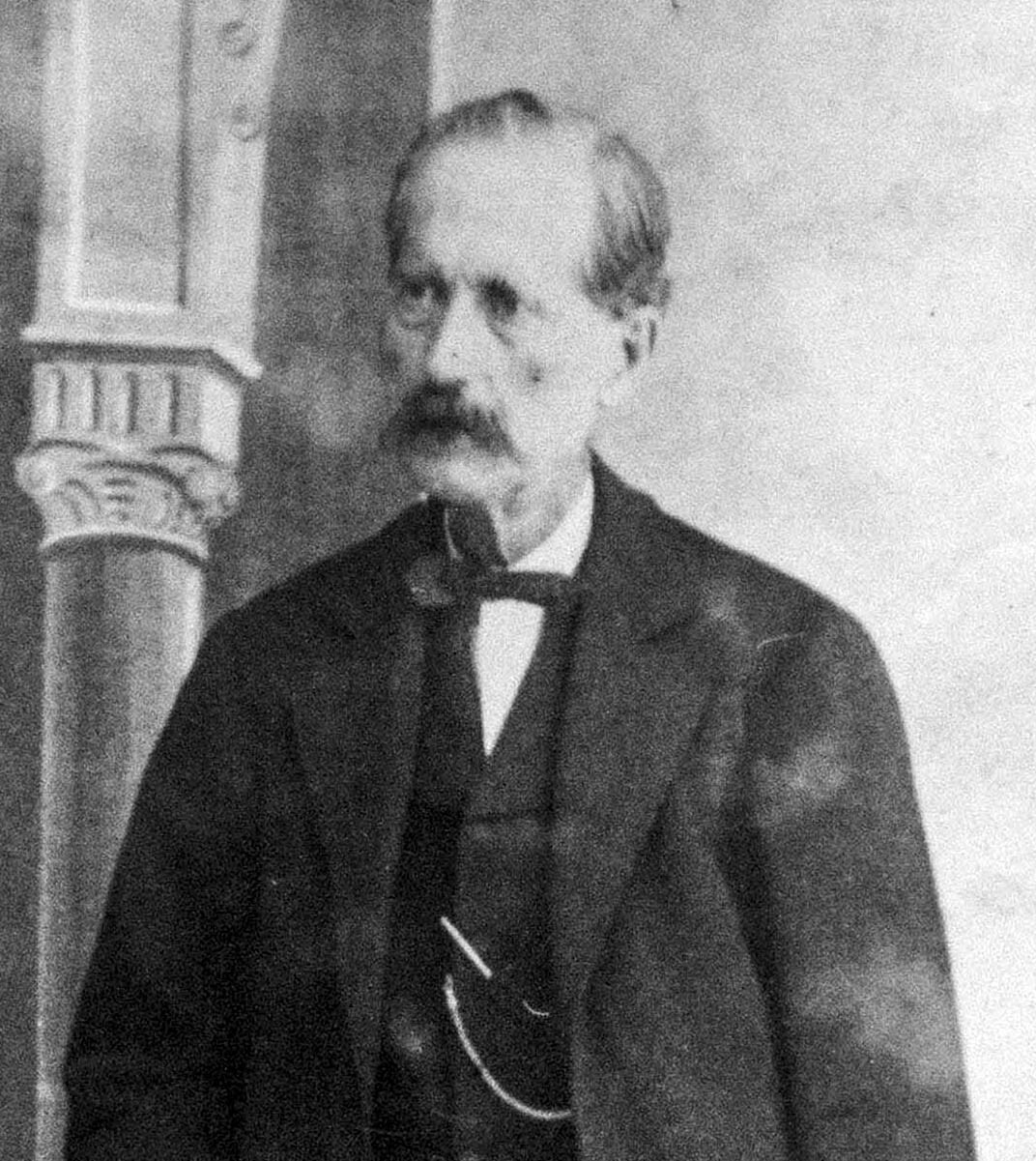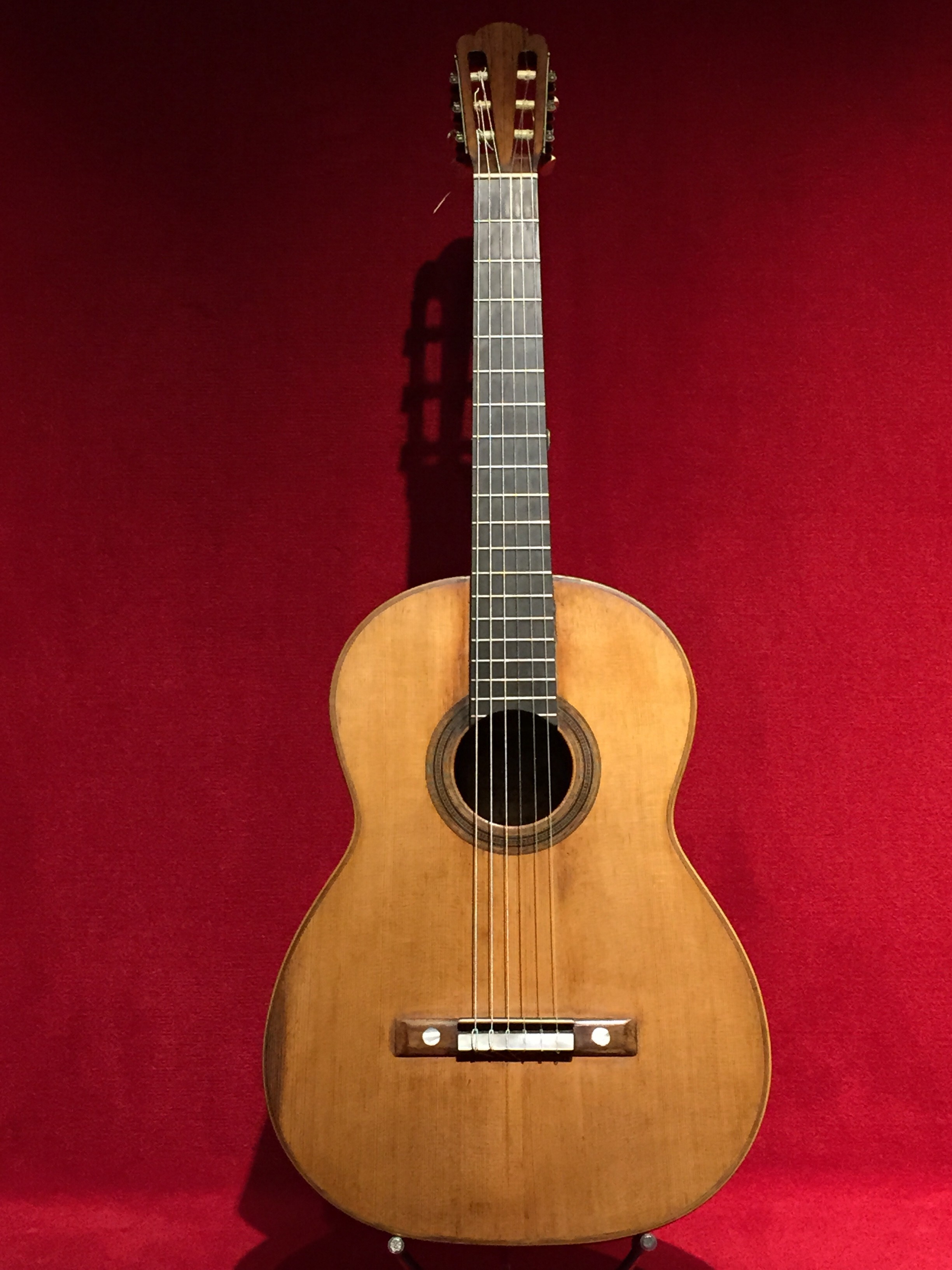Posted by Stephen Head on 21st Nov 2025
What Antonio de Torres Taught Me About Handcrafted Cajon Work
When people talk about legendary instrument makers, they often look for their "secre"t. Some formula. Some measurement. Some recipe that explains why one builder’s work stands apart from the rest. Many times those secrets don't exist, or if they do, they aren't the kind you can write down. They live in the way the builder approached the work.
One of the few documented insights we have from a historical luthier comes from Antonio de Torres, the Spanish maker who shaped the modern classical guitar. A friend of his, Juan Martinez Sirvent, described a conversation where Torres was asked what made the tone of his guitars special. According to that account, later published by Emilio Pujol and translated by José Romanillos, Torres said the answer was in the soundboard. In the condition of the wood. In the way it was worked. In its form.

When people pressed him for his “secret,” he told them the real answer was in the tips of his thumb and forefinger. In the feedback he felt through the wood as he shaped it. In the way that information guided his decisions long before the instrument took its final form. He wasn’t pointing to a formula. He was pointing to the process.

That idea fits what I see in my own shop. Woodworking for percussion instruments isn’t the same as guitar making, but many principles overlap. You can measure the thickness of a panel, but the numbers never tell the whole story. You can see the grain, but the way it behaves when working it tells you more. You can tap the surface and hear how it responds. Your hands, your eyes, and your ears all give you information the measurements can’t.
Many times, there are “thumb rules” in this kind of work, but they’re not there to replace the actual hands on work. The thumbrules get you pointed in the right direction. They put you in the ballpark. But once you’re there, it’s up to you to dial it in. That part comes from paying attention to the wood and making the right adjustments as you go. Measurements matter, but they don’t make the instrument. Your senses finish the job.
Every time I pick up a panel, that thought shows up again. You can check your dimensions. You can confirm your layout. But none of that replaces what your senses are telling you. Whether the surface is consistent. Whether the joint is clean. Whether the panel is moving the way it should while you’re working it. There is no substitute for tapping a piece of wood to hear it's tone. Those are the things that decide how well the drum will come together later. If you want to go deeper into how different species influence tone, I wrote more about that in my article on cajon wood types.

There’s no chart for that. No universal plan that works for every species or every build. The judgment comes from time at the bench and paying close attention to what the material is doing. That’s the part you can’t rush.
That’s why I slow down at the moments that actually matter. A cajon body is only as good as the work that went into the panels. A faceplate only responds as well as it's components will allow. If the joint isn’t right at the start, it won’t get better later. If the edges aren’t square before glue up, the box won't be square after. If the faceplate isn’t consistent before it is fitted to a body, the response won’t be balanced.
These steps don’t look dramatic from the outside. Nobody sees them except the person doing the work. But they’re the backbone of a handcrafted instrument. Once you move past these stages, there’s no going back to fix what you rushed. You can’t sand your way out of a joint that wasn’t tight enough. You can’t “polish over” a surface that wasn’t prepared correctly. Every shortcut shows up later, many times when it’s too late to do anything about it.
Torres understood that long before modern tools or finishes existed. He worked slowly enough to pay attention. He worked cleanly enough that the next step in the process wasn’t fighting against the one before it. And he stayed tuned in to the material. He let the wood, the tools, and the process give him information. His hands, his eyes, and his ears were all part of that. That’s the part of his approach that survives.
That mindset applies to handcrafted percussion just as much as it applied to guitars. Good work isn’t built on "secret sauces". It’s built on repetition, standards, and awareness. On slowing down when the moment requires it. On refusing to let details slide just because no one else will see them. If you want to see how this approach carries through to the finished instruments, you can look at my handcrafted cajons here.
There’s value in learning from makers who came before us, not by copying what they built, but by paying attention to how they thought. Torres didn’t hand down a secret recipe. He handed down a way of working. Pay attention to the material. Let it tell you what it’s doing. Use your hands, eyes, and ears to guide your decisions. Make choices that hold up over time, not just in the moment.
Good work is built the same way now as it was then. Quiet. Intentional. One detail at a time.

